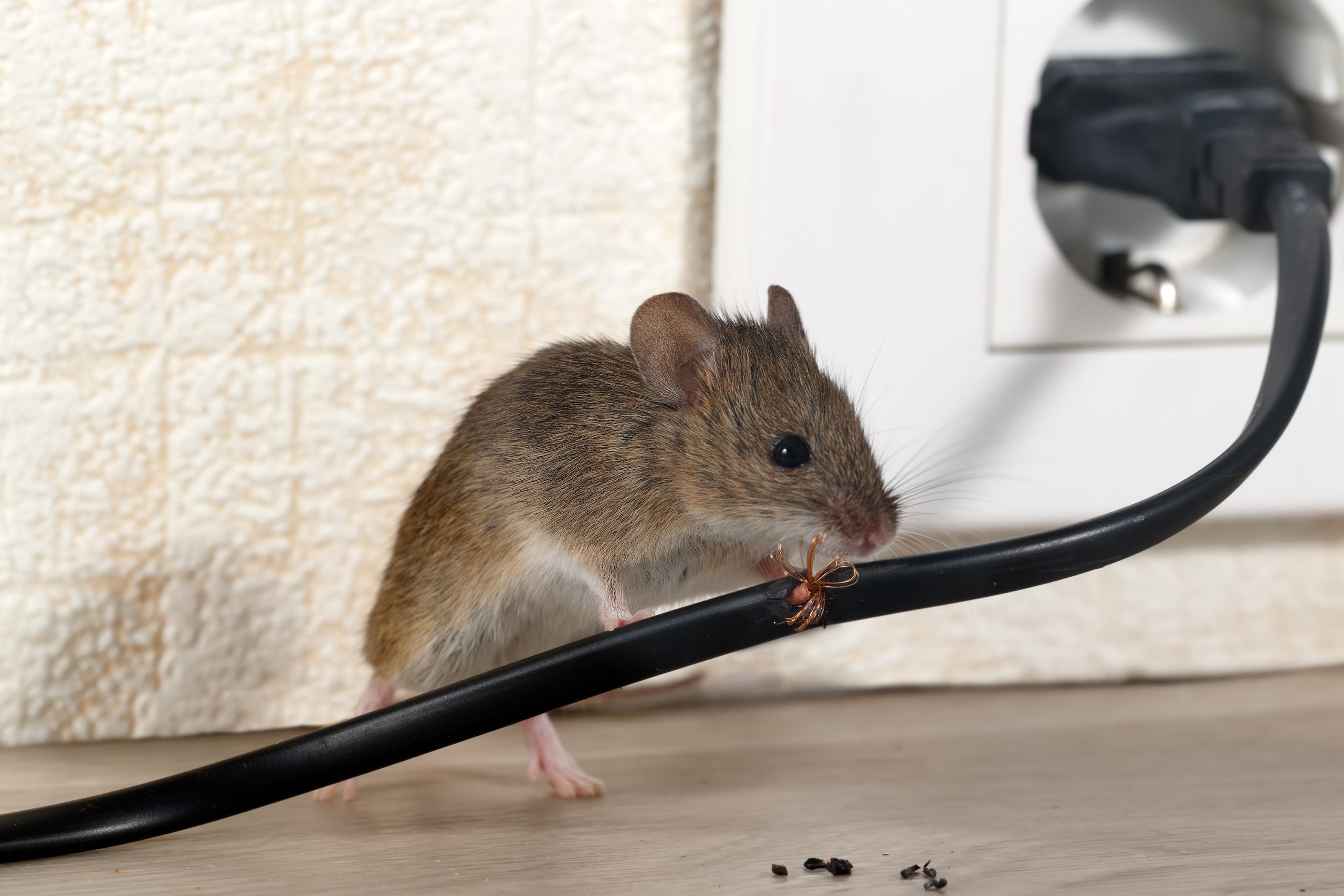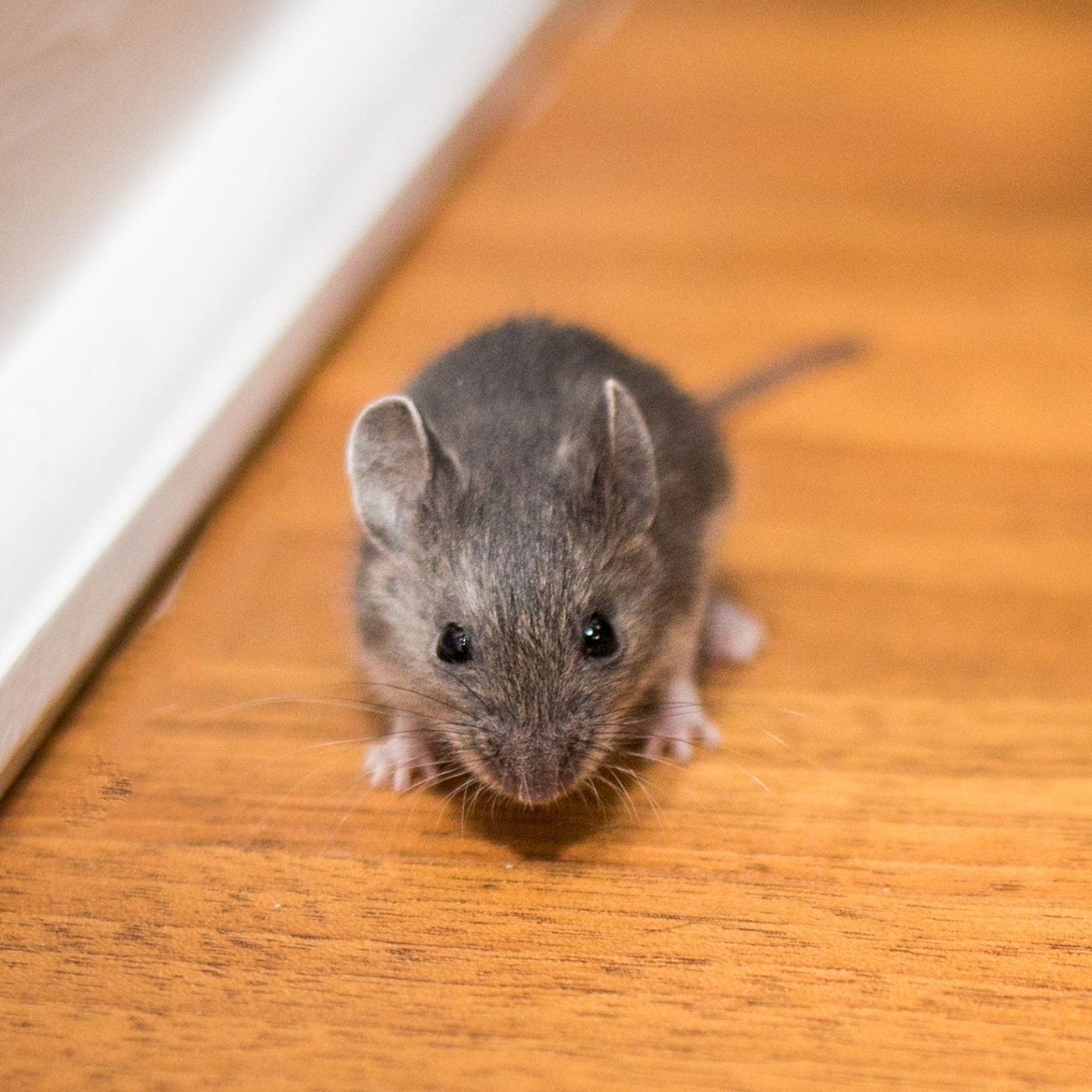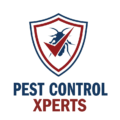Florida’s subtropical climate—known for its warm temperatures, high humidity, and mild winters—can be as inviting to mice as it is to people. These small but resourceful rodents thrive in environments where they have access to food, water, and shelter, all of which are in generous supply across the Sunshine State. In places like Fort Pierce and Vero Beach, the proximity to water, mild weather, and thriving commercial and residential areas create the perfect conditions for mice to settle in and multiply.
This service page focuses on the reasons mice are drawn to Florida, the clear signs of a mouse problem, and the necessity of professional mouse exterminator solutions to effectively resolve and prevent future infestations. Although a handful of mice might seem manageable at first, these pests can rapidly multiply, damage property, and pose potential health risks if not dealt with in a comprehensive, timely manner. By exploring their habits, weak points, and proven methods of control, you can take steps to protect your home or business against mice year-round.
Why Mice Flourish in Florida

1. Warm, Subtropical Climate
Mice generally do well in milder conditions where they can remain active and breed throughout the year. Florida’s climate rarely dips below freezing, which means that mice do not face the severe cold snaps that might otherwise reduce rodent populations. Even when cooler weather arrives briefly, mice often shelter in attics, crawl spaces, garages, or wall voids, remaining protected from the elements.
2. Plentiful Food and Water
From residential kitchens and pantries to restaurants, grocery stores, and farmland, mice in Florida can easily scavenge for food. They consume everything from grains and seeds to leftover scraps or poorly sealed pantry items. Additionally, the state’s frequent rainfall and humid conditions ensure that water sources—like outdoor puddles or leaky faucets—are readily available. This combination of abundant food and moisture enables mice to thrive and reproduce at a rapid pace.
3. Varied Shelter Options
Many Florida properties feature unique architectural designs, crawl spaces, or older construction materials that unintentionally offer hidden entry points for mice. Mice only need a gap the size of a dime to squeeze through, accessing interior walls and other concealed areas. Once inside, they build nests using materials like insulation, cardboard, and fabric. Homes, warehouses, barns, or even unused office spaces can become nesting sites if these vulnerabilities aren’t sealed.
4. Limited Natural Predators in Some Areas
While some parts of Florida have predators such as hawks, snakes, and outdoor cats that feed on rodents, suburban and urban environments often have fewer natural mouse predators. This relative protection allows mice to roam more freely around Fort Pierce, Vero Beach, and their surroundings, particularly if buildings provide consistent shelter from potential threats.
Telltale Signs of Mice
1. Droppings
Mouse droppings are small, rod-shaped pellets typically around a quarter-inch in length. Fresh droppings often appear dark and moist, gradually becoming dry and crumbly over time. If you find clusters of droppings behind kitchen appliances, in drawers, along baseboards, or near food storage areas, it’s a strong indication that mice have taken up residence.
2. Gnaw Marks and Holes
Mice constantly gnaw on objects to wear down their incisors. You may discover chew marks on wiring, wooden beams, cardboard boxes, or plastic containers. They might even create small holes in baseboards or cabinet corners to gain easier access between rooms. These holes often look rough, with shredded edges.
3. Noises in Walls or Attics
Mice tend to be most active at night, so if you hear faint scratching, scurrying, or squeaking from inside walls, ceilings, or attics—especially late in the evening or early morning—mice are likely the culprits. In quieter settings, you might also hear them scrambling for cover when you enter a previously unoccupied room.
4. Greasy Smudge Marks
Mice generally stick close to walls and edges when they travel, guided by their whiskers. Their fur often leaves oily streaks or smears along baseboards, corners, or frequently used routes. These marks can accumulate over time, pointing to high-traffic rodent paths.
5. Nesting Materials
If you see shredded paper, fabric scraps, or other soft materials grouped in hidden corners, there’s a good chance mice have built a nest. These clumps can be found in storage boxes, behind appliances, or inside quiet spaces like attics or sheds. Nests with visible droppings or remnants of food strongly indicate an active mouse population.
Risks of Ignoring Mice
1. Rapid Reproduction
A single pair of mice can generate dozens of offspring within a year, given Florida’s forgiving climate. If left unchecked, a small mouse problem can balloon into a full-blown infestation in just a few months. Larger populations mean more damage, higher contamination risks, and more challenging eradication.
2. Disease Transmission
Mice can carry various pathogens, including salmonella and hantavirus, which may spread through their droppings, urine, or saliva. Contaminated surfaces, cookware, or exposed food can pose health hazards to humans and pets. Although such infections are not extremely common, the threat remains if hygienic conditions deteriorate or if mice roam freely through kitchens or dining areas.
3. Structural and Material Damage
Constant gnawing can undermine a property’s safety and aesthetics. Mice chewing on electrical wiring raises the potential for short circuits or even fires. They may also degrade insulation by burrowing or nesting, compromising your home’s energy efficiency. Over time, the cumulative effect of holes, shredded materials, and droppings can create an unsanitary and physically damaged interior.
4. Contamination of Food and Storage
If mice access pantries, freezers, or storage rooms, they can spoil large amounts of food. Bags of grains, cereal boxes, or bulk goods become inedible if mice chew through packaging or leave droppings. In businesses such as restaurants, grocery stores, or warehouses, this spoilage can result in lost revenue and potential health violations.
5. Spread to Neighboring Properties
In multi-unit buildings, mice commonly migrate through connected walls, crawl spaces, or utility lines. Ignoring a mouse problem in your unit may cause an outbreak in adjacent areas, straining relationships with neighbors or complicating the responsibilities of property management. Acting quickly to control mice helps avoid a building-wide crisis.

Why a Professional Exterminator Is Crucial
1. Accurate Species Identification
Florida hosts several rodent species—mice, rats, and others—that require different control strategies. A trained mouse exterminator identifies the exact species, ensuring the correct baits, traps, and tactics are employed. Misidentifying the pest could lead to wasted time and money on ineffective solutions.
2. Comprehensive Inspections
Mice hide in nooks and crannies, wall voids, and crawl spaces that are often overlooked. Professionals conduct extensive searches for droppings, gnaw marks, entry points, and nest sites, assembling a clear map of the infestation. This thoroughness guides a targeted, effective plan for elimination.
3. Safe and Effective Products
DIY rodenticides can be risky if misapplied, potentially harming children, pets, or non-target wildlife. Exterminators use specialized formulations and techniques to place baits, traps, or other control measures in strategic locations. This approach minimizes hazards while maximizing impact on mice.
4. Structural Repairs and Exclusion
Beyond eliminating current mice, professionals advise on or perform repairs that block future rodent access. This can include sealing cracks, installing door sweeps, or reinforcing vulnerable vents. Exclusion measures help you avoid repeating infestations by denying mice new entry points.
5. Follow-Up and Maintenance
Even well-planned treatments can leave a few remaining rodents or overlooked entryways. Many extermination services include follow-up visits to evaluate trapped rodents, replace baits, or confirm that no new activity is detected. These ongoing checks ensure the problem is fully resolved.
Typical Methods for Mice Treatments
1. Inspection and Mapping
Professionals begin by examining both the property’s interior—kitchens, basements, attics—and its exterior—siding, vents, landscaping. They note mouse droppings, entry holes, grease marks, or gnaw damage, creating an “infestation map.” This data shapes the most efficient treatment strategy.
2. Trapping and Baiting
Common approaches include snap traps, multi-catch traps, or tamper-resistant bait stations. Placed along mice travel routes, these devices capture or poison mice at high-traffic points. Baits often use rodenticides that mice carry back to nesting areas, exposing other mice. By minimizing nontarget exposure, these strategies strike a balance between control and safety.
3. Exclusion Work
Sealing entry points is vital to halting ongoing mouse traffic. Technicians can fill cracks around foundation walls, reinforce door sweeps, or cover vents with wire mesh. This structural reinforcement ensures that once you remove current mice, new ones do not replace them. Exclusion methods are often the difference between short-term gains and sustained results.
4. Sanitation and Cleanup
Clearing food scraps, sealing trash bins, and organizing storage areas reduces tempting resources for mice. Exterminators may also recommend disinfecting and deodorizing locations where mice left droppings or urine. This not only minimizes odor but also removes traces that could lure new mice.
5. Monitoring and Follow-Up
In larger properties or severe infestations, ongoing monitoring with traps or visual checks is essential. Technicians track whether any new droppings appear, confirming that mice have been eradicated. If re-infestations occur, adjustments to bait stations, traps, or exclusion measures can promptly address the renewed activity.

Service Areas
Fort Pierce
Along Florida’s Treasure Coast, Fort Pierce blends historic charm with modern amenities, drawing residents and tourists throughout the year. But warmer temperatures also attract rodents seeking shelter, especially in coastal neighborhoods or older buildings. Our mouse exterminator services in Fort Pierce adapt to the city’s unique features—like waterfront properties and seasonal occupancy—delivering quick, effective relief from rodent nuisances.
Vero Beach
Just north of Fort Pierce, Vero Beach pairs scenic beaches with cultural attractions and upscale residential communities. Even in pristine or luxury settings, mice can find entry if conditions allow. Landscaping, waterfront yards, and open garage doors can all invite mice onto a property. Professional treatments in Vero Beach identify these risk factors and implement robust measures to ensure homes and businesses remain rodent-free.
Why Our Mice Treatments Excel
1. Florida-Focused Expertise
Years of experience dealing with mice in a subtropical environment informs our extermination methods. We know how Florida’s climate, wildlife patterns, and building styles contribute to recurring mouse issues. By leveraging this specialized insight, we craft treatments that effectively address local challenges and reduce the chance of future infestations.
2. Thorough Inspections and Customized Plans
No two properties share the same architecture or activity levels. We begin by conducting a detailed inspection and then design a plan tailored to your location’s vulnerabilities, whether it’s a small family home or a multi-building commercial complex. This individualized approach pinpoints high-traffic mouse areas and ensures comprehensive coverage.
3. Emphasis on Safety and Non-Disruption
We prioritize occupant welfare, using targeted products that focus on rodent hideouts and travel paths, rather than broad application in living areas. Clear communication helps you understand any temporary reentry times or safety measures, letting your routine continue with minimal interruption.
4. Ongoing Education and Prevention
Beyond eradicating existing mice, we believe prevention is key. We share tips on proper food storage, sanitation practices, and structural repairs that deter rodents. If new issues arise, our team remains available to re-check or recommend updates to your exclusion measures, ensuring peace of mind even after the initial treatment concludes.
5. Quick Response and Efficient Solutions
Mice reproduce swiftly, making early intervention crucial. We prioritize prompt service requests, tailoring quick but thorough solutions that halt infestations before they expand. By combining proven methods—like trapping, baiting, and sealing—we target mice at every level to return your property to a rodent-free state.
Next Steps
If you’ve noticed small droppings, unexplained holes, or nighttime scratching noises, it’s time to tackle the issue head-on. Contact us to learn more or schedule your service. Early action prevents mice from breeding further, limiting damage and the potential for health concerns.
Our approach addresses each stage of a mouse infestation—from detailed inspections and strategic baiting to structural exclusion and follow-up. Whether you’re in Fort Pierce, Vero Beach, or the nearby regions, partnering with an experienced mouse exterminator can secure your home or business against rodents, letting you focus on the benefits of Florida living without unwelcome guests.
Maintaining a Mouse-Free Environment
- Seal Entry Points
Regularly inspect your property, especially around foundations, windows, and doors. Close off any gaps larger than a dime using materials like steel wool, caulk, or weather stripping, ensuring mice can’t slip inside. - Practice Proper Sanitation
Store leftover food in sealed containers, take out trash promptly, and clean dishes or spills immediately. Mice are drawn to accessible food sources, so reducing clutter and regularly cleaning counters or floors removes their incentive. - Declutter Storage Areas
Mice seek shelter in garages, attics, and basements filled with cardboard boxes or stacked materials. Organize these spaces, lifting items off the ground and using plastic storage bins instead of paper-based packaging. - Manage Pet Food and Waste
Do not leave pet food out overnight, and clean up any spilled kibble right away. Keep pet food in sealed containers, and regularly clean or replace pet bedding, checking for signs of rodent activity in areas where pets eat and sleep. - Fix Leaks and Improve Ventilation
Mice need water sources to thrive. Repair leaky pipes or faucets, and ensure proper ventilation in damp spaces like crawl spaces or laundry rooms. Dry environments are less appealing to mice. - Monitor for Recurrence
Even after a successful extermination, remain vigilant. Place traps or sticky pads in discreet corners to catch any stray or newly arrived mice. If you see droppings or fresh signs of activity, act quickly before the problem escalates again.
By following these proactive measures and coordinating with professional exterminator services when needed, homeowners and businesses in Fort Pierce and Vero Beach can keep mice at bay despite Florida’s rodent-friendly climate. A combination of sealing entry points, consistent hygiene, and ongoing vigilance ensures that mice have fewer opportunities to invade, safeguarding your property, health, and peace of mind for the long haul.
